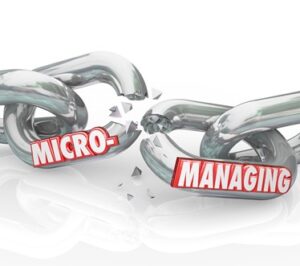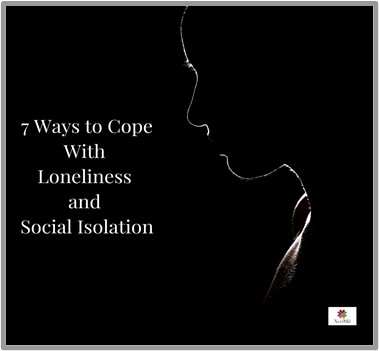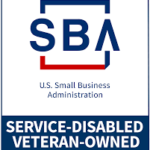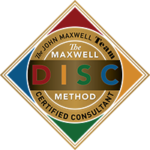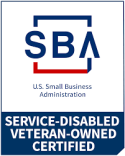It’s not challenging to complete enjoyable tasks. For instance, many
of us can browse a clothing store online to buy a new blouse or read the stats from our favorite team’s last game without having to work up any willpower. On the other hand, some tasks, particularly at work, have enjoyable and unpleasant aspects, making them more challenging to get through. That’s where self-leadership, particularly the strategies known as natural rewards, comes in.
Self-leadership is the process of influencing and motivating oneself, and decades of research shows that it enhances productivity, performance, and achievement. Researchers group self-leadership strategies into behavioral-focused, natural reward strategies, and constructive thought pattern strategies. For a complete overview of self-leadership, check out XcelMil’s previous post on self-leadership. In this post, we’re diving into natural reward strategies.
Natural Reward Strategies
 Natural reward strategies aim to help the self-leaders motivate themselves by focusing on an inherently enjoyable task.
Natural reward strategies aim to help the self-leaders motivate themselves by focusing on an inherently enjoyable task.
Natural rewards fall into two sub-categories:
- The first involves finding ways to make an unpleasant task more
enjoyable. - The second is about intentionally directing one’s thoughts toward the parts of the job that are enjoyable and away from the unpleasant features.
 Natural rewards tie to intrinsic motivation by way of increased competence and self-determination. Task-specific inherent reason directly impacts the task and, in turn, the individual’s overall work performance.
Natural rewards tie to intrinsic motivation by way of increased competence and self-determination. Task-specific inherent reason directly impacts the task and, in turn, the individual’s overall work performance.
Natural rewards increase our attention and efforts, which can make a
specific job more relevant and exciting. When we can complete the tasks that we’ve set out to complete efficiently and effectively, it also helps us feel a greater sense of control over our work.
How to Use Natural Rewards
 So, how does one put self-reward strategies into practice? Here’s your
So, how does one put self-reward strategies into practice? Here’s your
two-part plan.
Step 1: Choose a task you have to complete for work that you’re having
difficulty getting motivated to do. Next, make a mental or physical list of the parts of the work you enjoy. For instance, perhaps you have been dreading putting together your team’s annual sales report. Maybe you identify that you like seeing the growth that your team has achieved over the year or the number of clients that you’ve been able to serve with your product or service successfully. By simply identifying what you enjoy about the work, you should already feel the dread associated with the task start to lift.
Step 2: While working on your task, keep bringing the enjoyable aspects of the work that you identified to the forefront of your mind. When you start to think negatively about the work, redirect your attention to your mental or physical list of pleasant aspects. It may be difficult at first, but it’s like flexing a mental muscle. Whenever you choose to draw your attention back, you’re getting stronger at it, and it will soon get easier.
When employed consistently, natural reward strategies can help you get
more done with less resistance, which will lead to overall better work. At XcelMil, we believe that self-leadership is a powerful tool to achieve more at a higher quality and improve your team’s performance. Contact us today to book a consultation to learn more about what we have to offer around self-leadership.
Book a consultation with us now! Please do not hesitate to contact us with any questions. We would love to hear from you. Email at info@xcelmil.com. Click here to learn more about our services.
Twitter: https://twitter.com/GraticMelody
LinkedIn: https://www.linkedin.com/in/melodygraticconsulting/
XcelMil, LLC is a certified Minority-Woman and Service-Disabled Veteran-Owned Small Business specializing in Executive Management Consulting and Leadership Development Training





 We are visual beings (yes, you and me). In fact,
We are visual beings (yes, you and me). In fact,  The second component of the behavioral strategies for self-leadership is self-goal-setting. Goal-setting experts assert that we are biologically designed to set goals for ourselves. To live is a process that depends on action; if we did nothing, we would die. The self-leader sets and attains goals not just to survive but to thrive. Do you have a specific goal toward which you’re actively working?
The second component of the behavioral strategies for self-leadership is self-goal-setting. Goal-setting experts assert that we are biologically designed to set goals for ourselves. To live is a process that depends on action; if we did nothing, we would die. The self-leader sets and attains goals not just to survive but to thrive. Do you have a specific goal toward which you’re actively working? The next group of behavioral strategies for self-leadership is self-reward and punishment. Let’s first clarify that the self-punishment aspect is meant to entail learning from one’s experiences, achieving greater understanding, and incorporating self-feedback. There is no place for harsh self-criticism in SL. Self-rewards for goal attainment or a job well done can be intrinsic or extrinsic. If a mental pat on the back is all you need to celebrate an achievement, great. If a massage sounds better, by all means, indulge.
The next group of behavioral strategies for self-leadership is self-reward and punishment. Let’s first clarify that the self-punishment aspect is meant to entail learning from one’s experiences, achieving greater understanding, and incorporating self-feedback. There is no place for harsh self-criticism in SL. Self-rewards for goal attainment or a job well done can be intrinsic or extrinsic. If a mental pat on the back is all you need to celebrate an achievement, great. If a massage sounds better, by all means, indulge.


